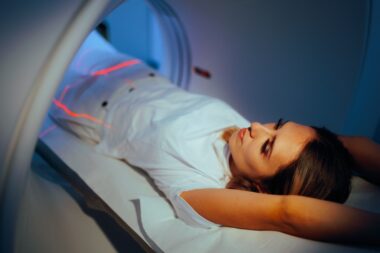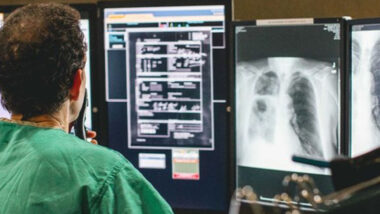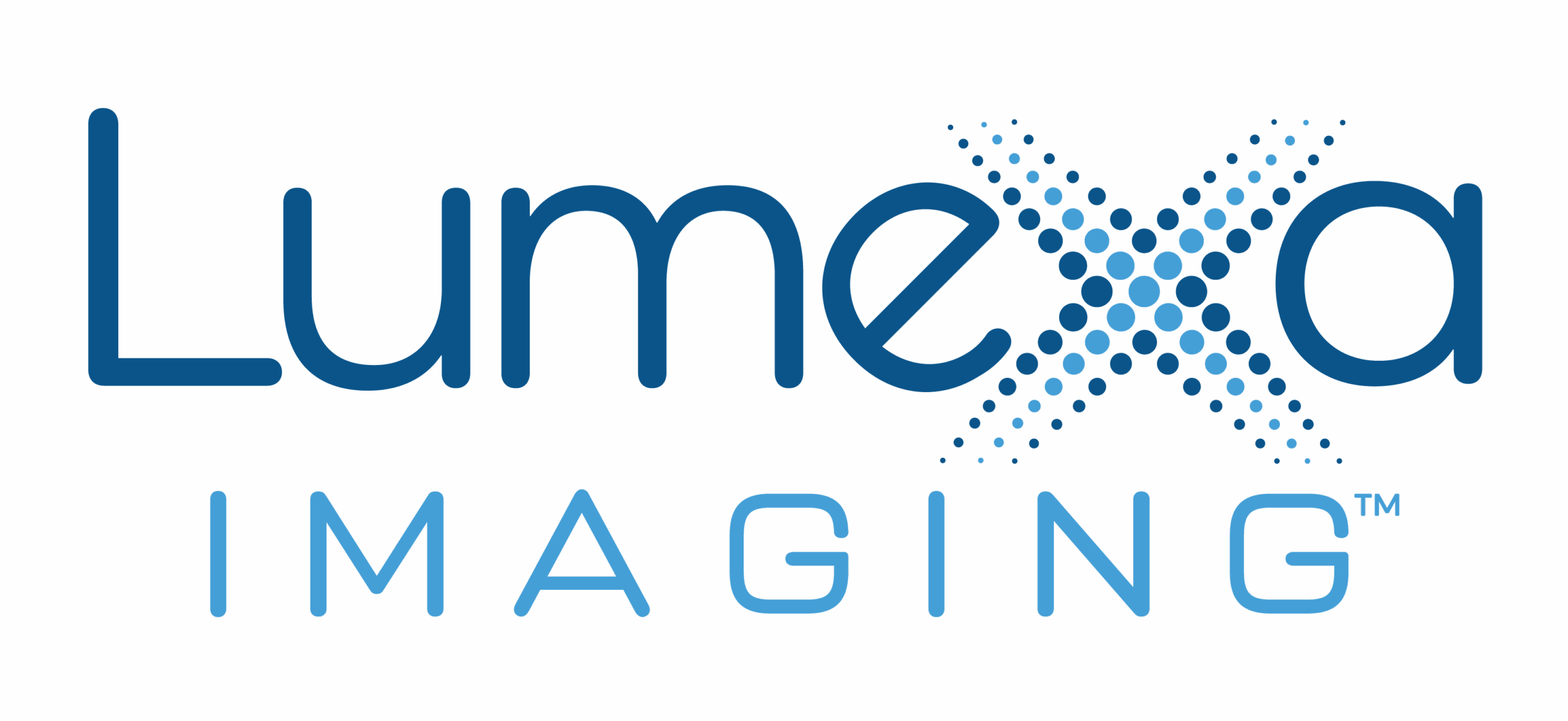Lung cancer is the second-most common cancer in both men and women, affecting around 240,000 people annually. Thanks to advances in screening technology and medication, lung cancer is now easier to detect at an earlier stage — before it has spread and often when it requires less invasive treatment.
Annual lung cancer screening is the best way to detect lung cancer early in people who are at high risk. Early detection of cancer before it has spread outside the lungs can improve outcomes for many patients. The American Lung Association estimates 48,000 lives could be saved with lung cancer screening. However, unlike cancer screenings such as colonoscopies or mammograms, not everyone needs lung cancer screening.
What Is Lung Cancer?
Although many types of cancer can spread to your lungs, lung cancer is defined as cancer that starts in your lung tissue. There are two main types of lung cancer:
- Non-small cell lung cancer (NSCLC): Over 80% of lung cancers are NSCLC cancers. Common subtypes include adenocarcinoma, large cell carcinoma and squamous cell carcinoma.
- Small cell lung cancer (SCLC): Around 10 to 15% of lung cancers are SCLC. They tend to spread more quickly than non-small cell lung cancer.
Some people develop lung cancer for no known reason, but in many cases, the disease is preventable. Risk factors for lung cancer include:
- Tobacco smoking: Inhaling cigarette, cigar and pipe smoke is by far the largest cause of lung cancer, causing 80% to 90% of all cases. Your risk of lung cancer increases the more you smoke and the longer you smoke.
- Exposure to asbestos, heavy metals and soot in the workplace or elsewhere
- Family history of lung cancer
- Radon exposure: Radon is the second-leading cause of lung cancer, responsible for around 21,000 annual deaths.
- Secondhand smoke exposure
You can decrease your risk for lung cancer by quitting smoking, reducing exposure to harmful chemicals or environmental contaminants, and testing your home radon levels.
Read More: What Is Your Diagnostic Imaging IQ?
How Lung Cancer Screening Works
Low-dose computed tomography (LDCT) scans are the most common form of lung cancer screening. These quick scans use a very low dose of radiation to create a 3D picture of your lungs and can show signs of a tumor, even in very early stages. When lung cancer is caught at stage 1, clinical studies have demonstrated up to a 60% higher chance of survival in patients. Research proves LDCT scans decrease the risk of dying from lung cancer.
Chest X-rays are also used to screen for lung cancer. However, X-rays are not as precise as more advanced CT scans, so they may miss early-stage tumors. Other tests, such as sputum tests or blood tests, do not detect lung cancer as accurately as LDCT scans.
Who Needs Lung Cancer Screening
If you are a current longtime smoker aged 50 or older, you should talk to your doctor about annual lung cancer screening. The U.S. Preventive Services Task Force recommends annual low-dose CT scans for people who meet all the following criteria:
- Are 50 to 80 years old and are otherwise in good health
- Currently smoke or have stopped smoking within the past 15 years
- Have a 20 pack-year smoking history
A pack-year is how many packs of cigarettes you smoked on average each day. So, if you smoked 2 packs a day for the past 10 years, you have a 20 pack-year history, and if you smoked half a pack daily for 40 years, you would also have a 20 pack-year history.
How to Get a Low-Dose CT Scan and What to Expect
If you decide to start annual low-dose CT screening for lung cancer, you will need a referral from a healthcare provider. Your insurance should cover these preventive annual screenings, especially if you meet the criteria, but it’s crucial to select an accredited imaging center for your procedure.
CT lung cancer scans are quick and easy and require no preparation or contrast studies. You may be asked to lie on your back on a table with your arms extended overhead. A pillow will be provided to ensure you are comfortable. As the technologist positions you for the scan, they will provide you with simple instructions. The actual scan takes less than 30 seconds, and you will only hold your breath for 5-10 seconds.
A report will be sent to your physician within 24 to 48 hours. Your physician will then contact you to discuss your results and any next steps.
Mark World Lung Cancer Day with Lung Cancer Screening
Only you and your doctor can decide if lung cancer screening is right for you. But if you are at high risk, don’t delay scheduling a low-dose CT scan with Carolinas Imaging Services. August 1 is World Lung Cancer Day, a day for raising global awareness but also an opportunity for you to get started on your annual screenings. Early detection can save your life or the life of someone you love — make an appointment today.



